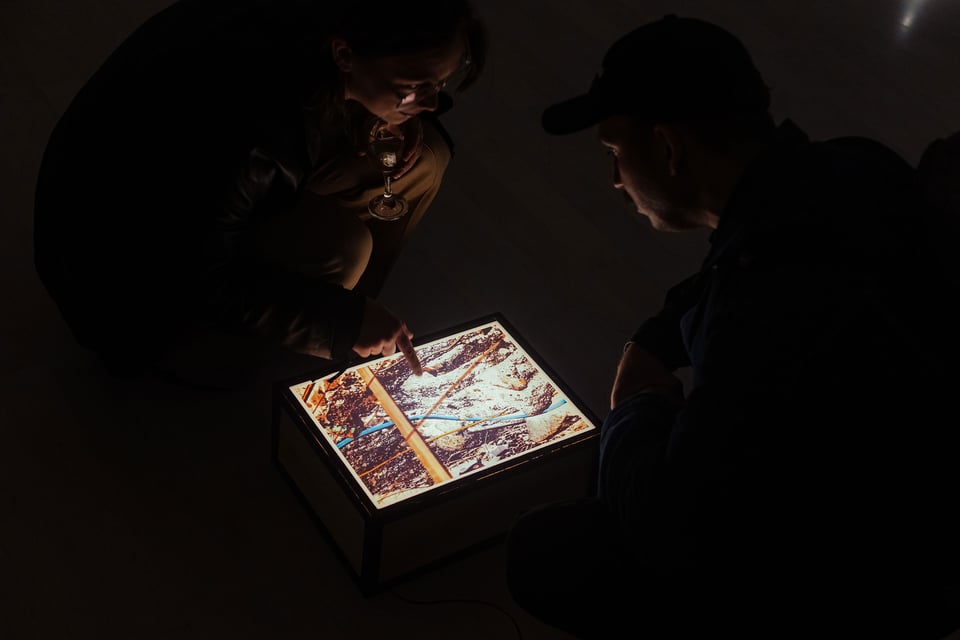– from the exhibition introduction by Carla Zaccagnini
Danske Grafikeres Hus
Fakta
Lea Anić (b. 1990) lives and works in Copenhagen and Zagreb. She obtained her MFA in 2019 from the School of Conceptual and Contextual Practices at the Royal Danish Academy of Fine Arts. There, she co-founded and led the Laboratory for Context-Specific Art Practices (Site Lab) as part of a research project together with Carla Zaccagnini from 2021 to 2023, and continued teaching externally afterwards. In 2024, she taught the course Analog Photography at the Zagreb Academy of Fine Arts. Anić has exhibited her work at Kunsthal Charlottenborg in Copenhagen; MKC in Split; Gallery SC and HDLU in Zagreb; and other galleries.

